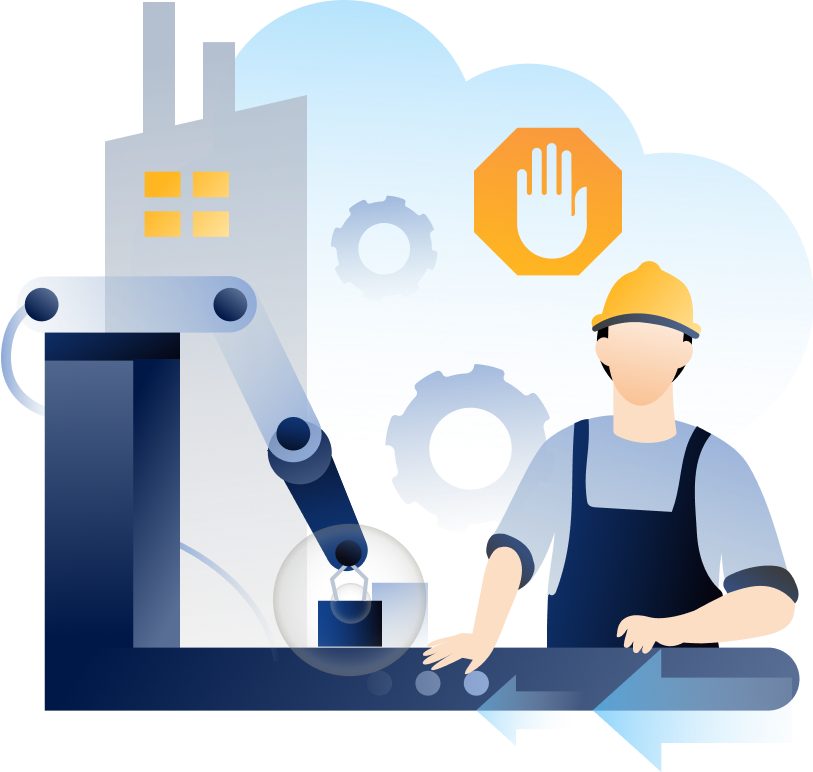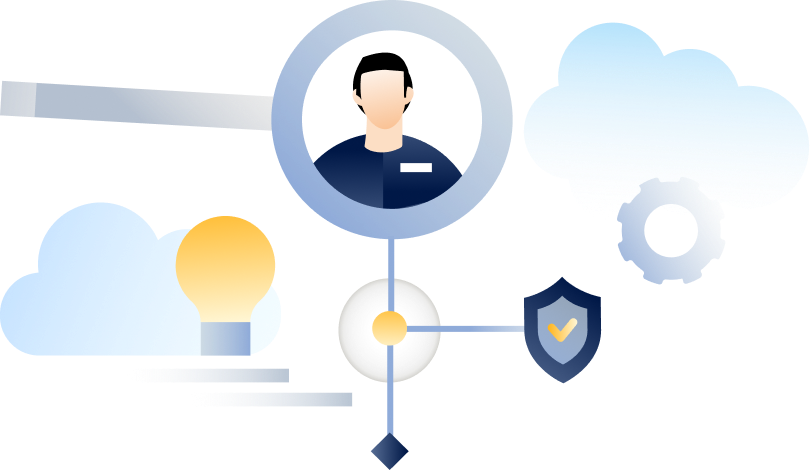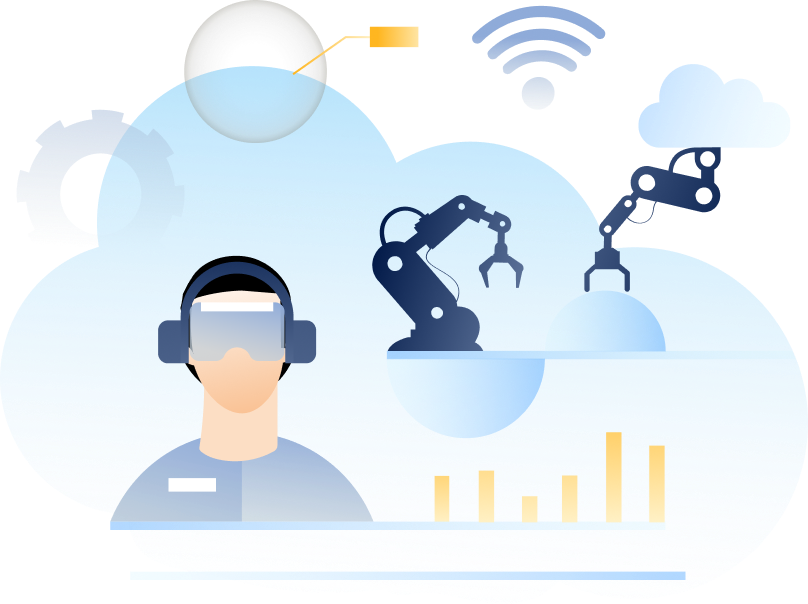Why Isn’t Your Manufacturing Process Fully Automated Yet? Ironically, the Problem Might Be People-Shaped
“Industry 4.0” isn’t a new idea anymore, and if you work in manufacturing, you’re probably doing it in many ways by now.

You’re striving to improve customer satisfaction and your bottom line by making your product or service higher quality, but you’re also trying to reduce operating costs along the way. Hey presto — profitability. We all want that.
You’re doing things like using ERP or CRM to better organise production and project schedules, IoT or APIs to connect things better, or VR, AR, and 3D scanning to improve on or enhance the human element of complicated tasks.
You might even have started experimenting with digital twin technology to start making fully realised digital copies of real-world objects or processes. Useful and fascinating — have you tried our Magic Box demo yet, by the way?
Doing some or all the above means you’re probably able to appropriately process and interpret the wealth of data your manufacturing company is creating every day to augment your decision-making in valuable ways. That’s brilliant, and definitely your first step into a larger world.
But how do you maintain that momentum, using this growing experience to find new frontiers with data, and really helping you differentiate yourself?

You need to continue to automate — of course, you know that — but actually doing it can often feel like a considerable jump. The gap between the theoretical and the physical may seem huge.
But now is the time to make that leap. There’s an urgent need for automation — rising energy costs, inflation, a threatened recession, and sustainability needs all mean that doing things faster, cheaper, and easier is a great agenda item for 2023.
The technology is readily available — AI and machine learning are in abundance, RPA and smart factories already exist.
And as said at the start, Industry 4.0 is here, and your data is almost certainly in great enough shape to feed the robo-factory of the future.
So, what’s stopping you from getting on and moving into Industry 5.0?
People’s habits may be stopping you

The problem with people is, we’re creatures of habit. We like things to stay the way they’ve always been, we don’t really like to step outside the lines we’ve got used to working inside, and we find risks troubling.
Those ingrained habits need to change, and to change them, it’s your job to figure out the missing link in the change process and work out where the people-shaped wrinkle is.
And smooth it out.
To run through where you’re currently at: You’re dealing with many of the common pitfalls already, as we discussed. You’re automating slowly and carefully, not causing too much concern among existing staff — particularly those who hold budget — with any sudden or drastic changes.
You’re also covering costs of automation well — you’re not treading too heavily, you’re working within your means, and you’ve made sound value judgements about the global financial situation that’s motivating you to speed up your journey.
So far so good on the logical front. You’re a little worried, though, about automation “replacing” your staff. Some of your staff are pretty worried about that, too — especially, as I recently discussed with TechTarget, with the this October 2022 report from the World Economic Forum, echoed by the experiences of many automated businesses, suggests automation won't directly affect job losses across our industry. On the contrary, it claims that 12 million new jobs are expected to be created in manufacturing by 2025, due directly to automation.
So, after you’ve put some of those fears to rest, what else may be holding up your move to the future?
You may not be communicating fully and clearly with your partners and buyers

Automation systems have been around a while, but that’s often the problem. They started as off-the-shelf solutions, and many have remained that way. Your company just wants to get its work done. It hasn’t time to worry about whether what’s been sitting there for years isn’t meeting its full potential or could even be replaced with something you pay as you use it, rather than expensive, capex-driven, one-off packages.
Seasonal demand forecasts, self-adjusting robot arms, and more could be yours. So why don’t you know all this?
It might be because people aren’t telling you. Your internal buyers — who may need updating on what your company is entitled to when stating your needs, and how they should best be listened to — or your partners, who may need a chat about your intended business outcomes and how to find a bespoke fit.
At SoftServe, we believe a solution partner should support their clients at the earliest sales stage, building a solution around your needs, rather than forcing you to bend to whatever we have available.
We don’t want to move anywhere until we’ve figured out ROI calculations with you, as well as built mechanisms to track costs and work in progress during implementation and operation.
With automation driving us forward, we let facts, logic, and thinking lead us.
We’d love to talk to you more about how we can help you progress to a fully automated future.

